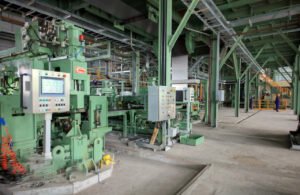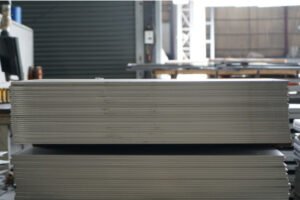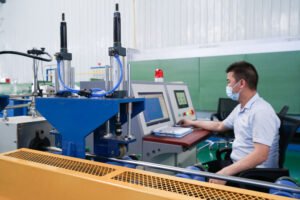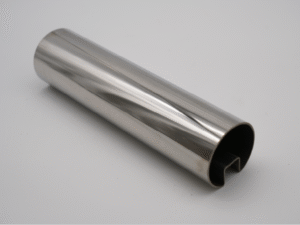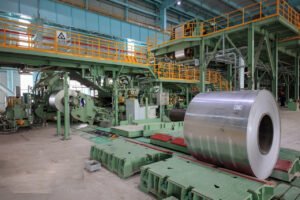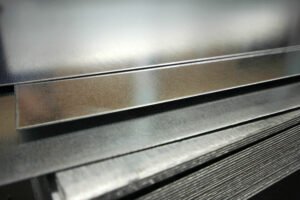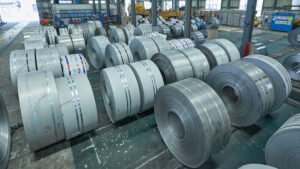Maximizing the Lifespan of 304 Stainless Steel in Corrosive Environments
Your 304 stainless steel is failing prematurely in harsh settings. This leads to costly replacements and downtime. Proactive protection strategies are the answer to extending its service life.
Maximizing the lifespan of 304 stainless steel involves understanding its vulnerabilities, implementing advanced surface treatments, adopting proactive maintenance, and carefully controlling environmental factors to mitigate specific corrosion risks like pitting and crevice corrosion.
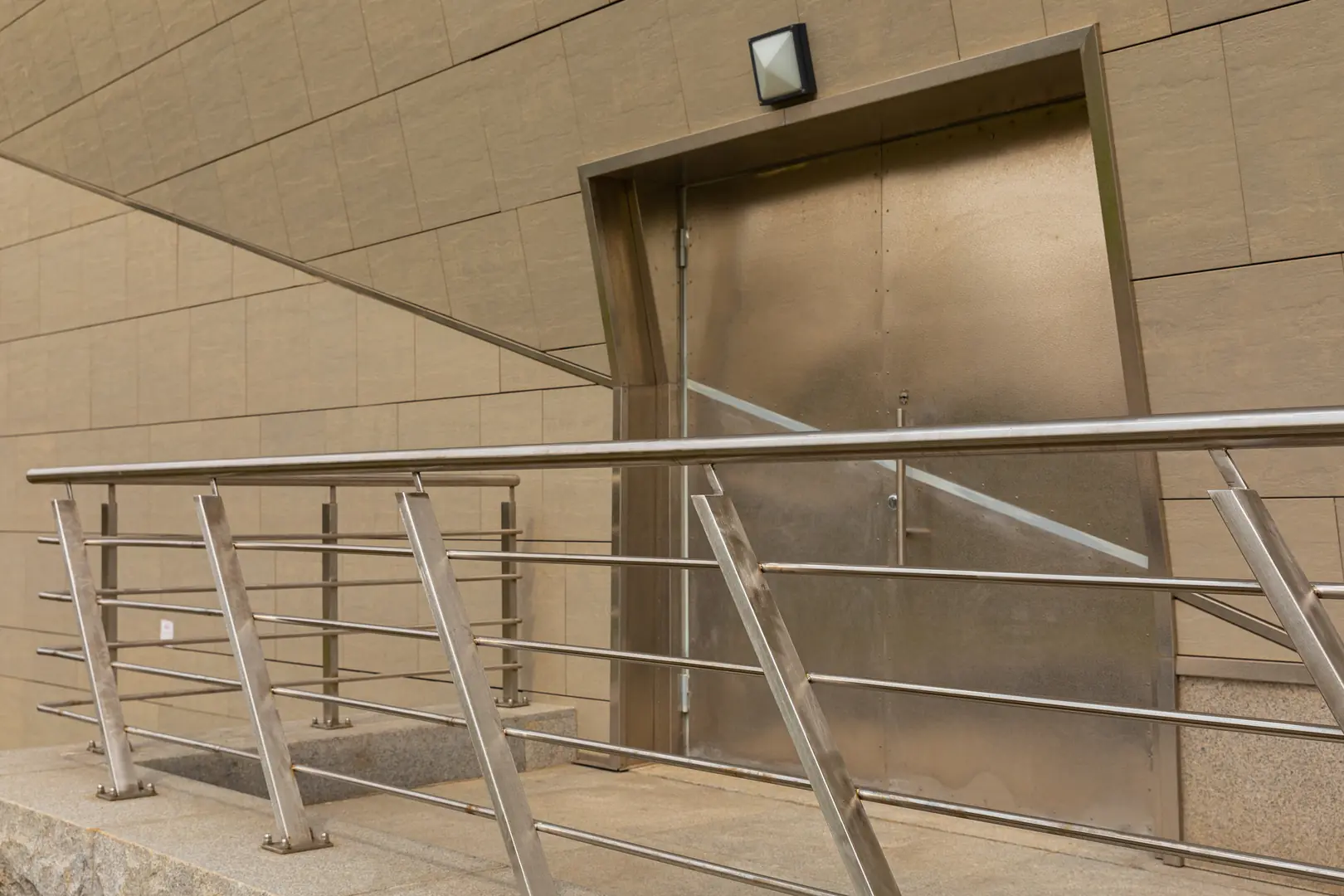
As the Global Business Director at MFY, I've seen countless projects succeed or fail based on how they manage their materials. The 304 grade is a fantastic workhorse, but it's not invincible. The key to unlocking its full potential lies in understanding its limits and actively protecting it. Let’s break down how you can protect your investment and ensure your 304 steel performs reliably for years to come.
What challenges does 304 stainless steel face in corrosive environments?
You trust 304 steel, but it's not invincible. Unexpected corrosion[^1] can compromise your entire project. Understanding its specific weaknesses is the first step toward effective protection and avoiding costly failures.
304 stainless steel faces challenges from specific corrosive agents, primarily chlorides found in marine or industrial settings. This leads to localized attacks like pitting, crevice corrosion, and stress corrosion cracking, which can undermine its structural integrity despite its general resistance.
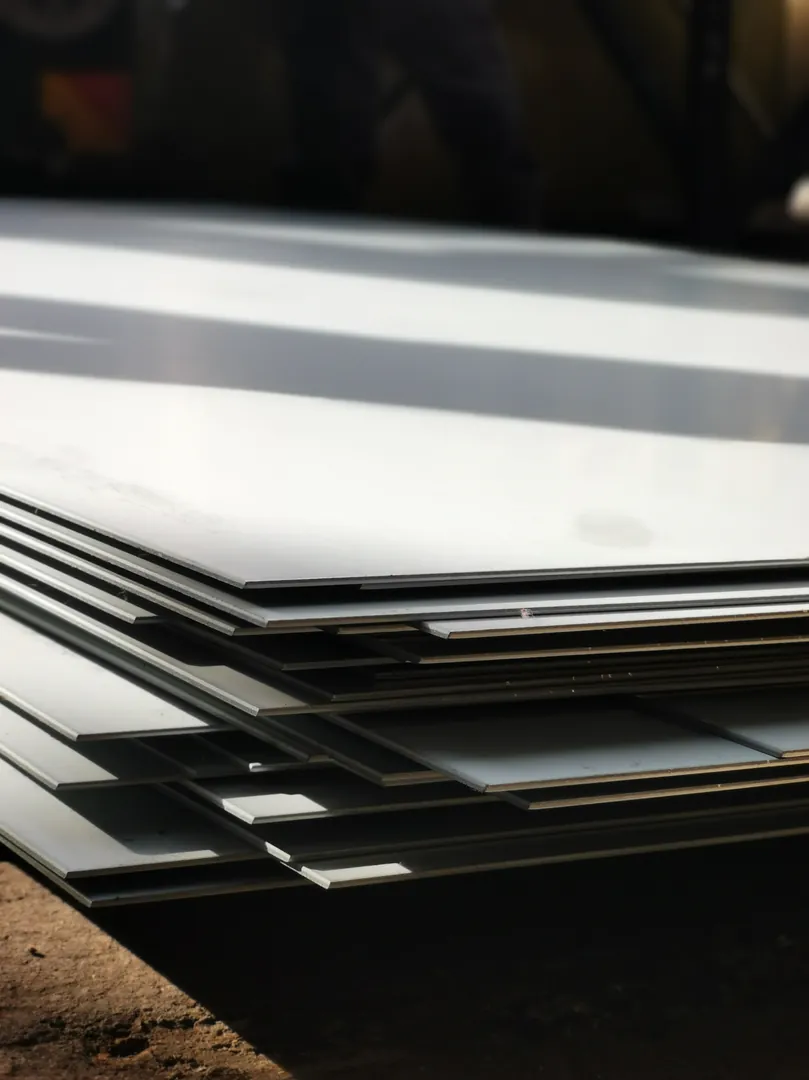
While 304 stainless steel is known for its excellent general corrosion resistance, its Achilles' heel is its susceptibility to localized corrosion. This isn't a uniform thinning of the material; it's a far more insidious attack that can lead to sudden, unexpected failures. I remember a client in the chemical processing industry who saw equipment fail prematurely, not because the steel dissolved, but because tiny, deep pits formed and compromised the structural integrity. This is a common story. For business leaders and engineers, mitigating these material degradation risks is not just a technical issue—it's a financial imperative to avoid massive maintenance expenses and operational downtime. The main challenges are not about if 304 will corrode, but how it will corrode.
Pitting Corrosion
This is a localized form of corrosion that leads to the creation of small holes, or "pits," in the metal. It's often initiated by chloride ions, which break down the passive protective layer on the steel's surface in specific spots.
Crevice Corrosion
Similar to pitting, this occurs in tight, shielded areas, such as under gaskets, washers, or in bolt heads. In these crevices, stagnant solutions can become concentrated with corrosive agents like chlorides, leading to an aggressive localized attack.
Stress Corrosion Cracking (SCC)
SCC is a particularly dangerous form of corrosion because it can lead to sudden failure of normally ductile metals subjected to a tensile stress in a corrosive environment. For 304 steel, this is a risk in hot, chloride-containing environments.
| Corrosion Type | Primary Cause | Common Location |
|---|---|---|
| Pitting | Chloride ion attack | Flat surfaces exposed to solutions |
| Crevice | Stagnant, concentrated solutions | Gaps, under bolts, joints |
| SCC | Tensile stress + corrosive agent | Welded areas, stressed components |
What factors contribute to the corrosion of 304 stainless steel?
Your steel is corroding, but you don't know why. This uncertainty makes prevention impossible. Identifying the key environmental and operational factors is crucial for effective mitigation and asset protection.
The primary factors are high chloride concentrations, elevated temperatures, and acidic (low pH) conditions. Mechanical stress, surface contaminants like iron particles, and the presence of stagnant solutions that prevent re-passivation also significantly accelerate the corrosion process.
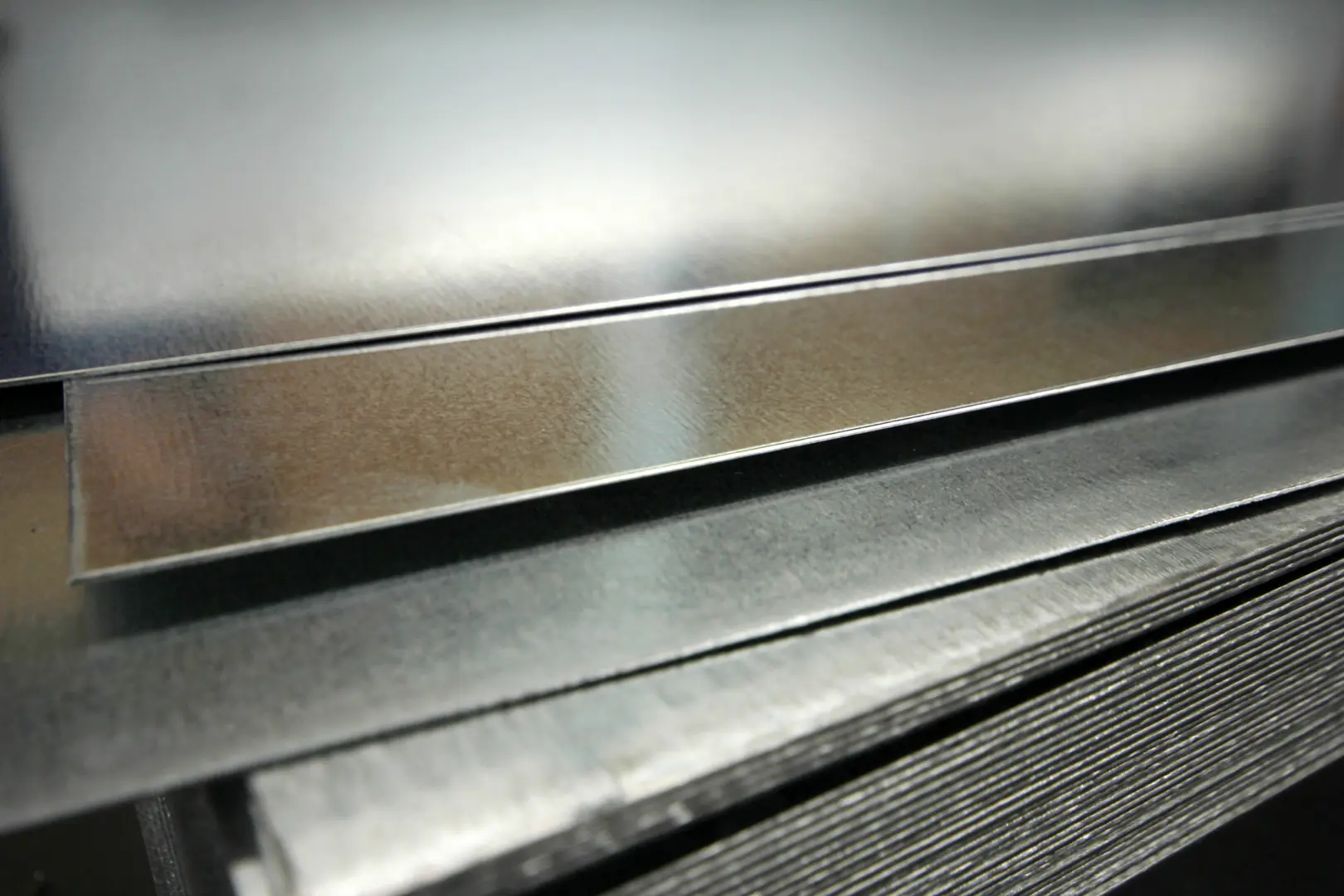
Understanding the "why" behind corrosion is everything. At MFY, a huge part of our advisory service is helping clients analyze their specific operational environment before they even place an order. It’s about matching the material to the real-world conditions, not just a spec sheet. The corrosion of 304 stainless steel is rarely caused by a single factor; it's almost always a combination of chemical, physical, and even mechanical triggers that work together to break down the material's natural defenses. By deconstructing these contributing factors, we can build a much more robust and reliable system.
Chemical Exposure
The most significant chemical factor is the presence of chloride ions, which are common in marine environments, de-icing salts, and many industrial processes. The higher the concentration of chlorides, the greater the risk of pitting and crevice corrosion. Additionally, acidic environments with a low pH can attack the passive layer across the entire surface.
Temperature and Time
Higher temperatures accelerate chemical reactions, including corrosion. An environment that is perfectly safe for 304 steel at room temperature might become highly aggressive at 60°C or 80°C. The duration of exposure is also critical; even mild corrosive conditions can cause significant damage over a long period.
Physical and Mechanical Stress
Surface condition plays a huge role. A rough surface finish can trap contaminants and create sites for corrosion to start. Scratches or gouges can damage the passive layer. Furthermore, applied tensile stress, either from the manufacturing process or from the operational load, is a key ingredient for Stress Corrosion Cracking (SCC) to occur.
| Environmental Factor | Low-Risk Condition | High-Risk Condition |
|---|---|---|
| Chlorides | Fresh water, dry indoor air | Seawater, industrial chemicals, coastal air |
| Temperature | Ambient (0-30°C) | Elevated (>60°C) |
| pH Level | Neutral to alkaline (pH 7-10) | Acidic (pH < 4) |
How does corrosion affect the performance and lifespan of 304 stainless steel?
Minor rust spots might seem harmless at first. But this degradation can lead to catastrophic failures. Understanding the full impact of corrosion highlights the need for proactive asset management.
Corrosion directly reduces the material's structural integrity by thinning its cross-section and creating stress concentration points. This leads to a shorter operational lifespan, decreased mechanical strength, potential for sudden failure, and increased maintenance costs and operational downtime.

The effects of corrosion go far beyond surface aesthetics. I worked with a construction contractor who faced this very issue on a coastal project. A few "minor" rust stains on some structural fasteners were ignored, but they were actually signs of deep crevice corrosion. The eventual failure led to costly repairs, but more importantly, a significant project delay that damaged their reputation. This is a powerful lesson: corrosion is a direct threat to performance, safety, and profitability. The impact is felt across three key areas, turning a simple material issue into a complex business problem.
Loss of Mechanical Strength
The most direct impact is the physical loss of material. Whether it's uniform thinning or localized pitting, the load-bearing capacity of the component is reduced. Pits and cracks act as stress concentrators, meaning that mechanical forces are amplified at these points, making the component much more likely to fracture under loads it was designed to handle.
Economic Consequences
The financial fallout is significant. This includes the direct cost of replacing the corroded part, the labor required for the repair, and the often much larger cost of operational downtime. For a manufacturing plant or processing facility, a single day of lost production can cost far more than the steel itself.
Safety and Reliability
In critical applications like infrastructure, chemical processing, or food production, material failure is not an option. Corrosion compromises the reliability of the system and can create serious safety hazards, from structural collapse to the contamination of products. This is why industries are so focused on mitigating these risks.
What strategies can be employed to protect 304 stainless steel from corrosion?
You know corrosion is a threat. Now you need a practical plan to stop it. Implementing a multi-layered protection strategy is the solution for long-term durability and peace of mind.
Effective strategies include selecting the correct grade for the environment (e.g., 316L in chloride-rich areas), applying advanced protective coatings or surface treatments like passivation, and implementing smart design principles to eliminate crevices and ensure proper drainage.
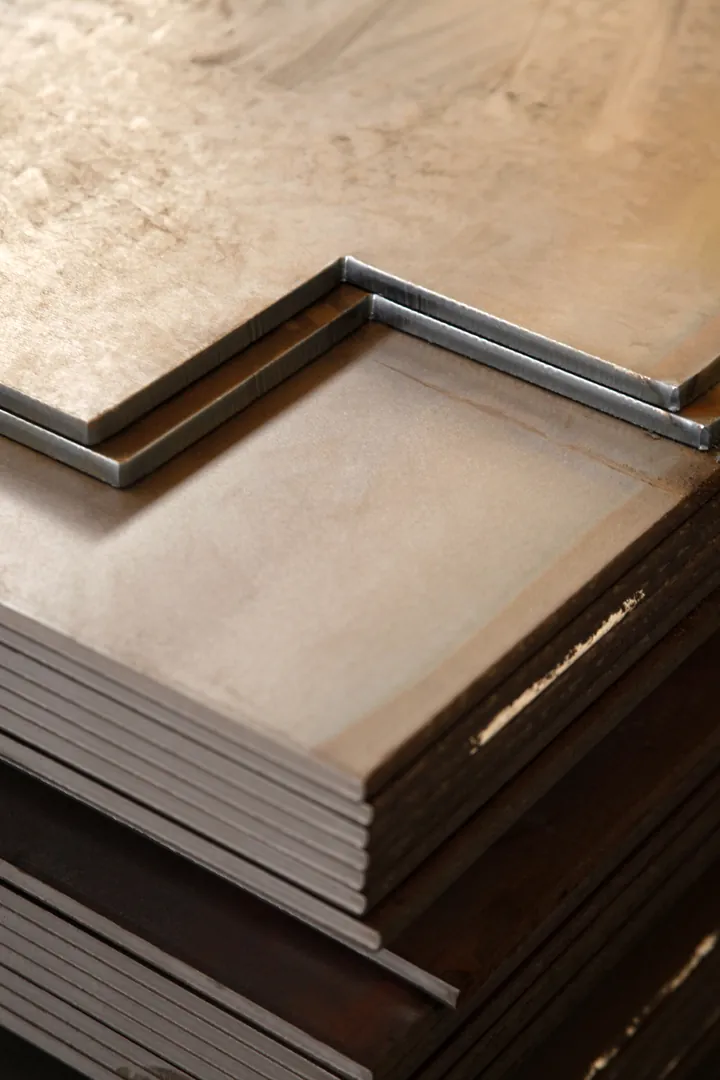
Protection is not a single action; it's a comprehensive strategy. This is where we can shift from being reactive to being proactive, which is a core part of our philosophy at MFY. Instead of just selling steel, we help our partners build resilience into their projects from day one. This involves looking beyond the initial material cost and focusing on the total lifecycle value. We've seen incredible results by focusing on a few key areas, particularly leveraging advanced surface treatments that create a robust barrier against specific corrosive agents. This approach extends the material's life far beyond its standard expectancy.
Proper Material Selection
The first line of defense is choosing the right material. While 304 is versatile, if your application involves significant chloride exposure, upgrading to a molybdenum-containing grade like 316 or 316L is often the most cost-effective long-term solution.
Advanced Surface Treatments
This is where innovation comes in. Beyond standard cleaning, treatments can dramatically enhance corrosion resistance.
- Passivation: A chemical process that removes free iron from the surface and strengthens the natural chromium oxide protective layer.
- Electropolishing: Creates an ultra-smooth, microscopically clean surface that is much harder for corrosive agents to cling to.
- Coatings: Applying specialized polymer or ceramic coatings can create a physical, impermeable barrier between the steel and the corrosive environment.
Smart Design Principles
How a component is designed is as important as the material it's made from. Good design practice involves avoiding tight crevices, ensuring complete drainage to prevent stagnant solutions, and welding correctly to avoid creating sensitized, corrosion-prone zones.
| Protection Method | Mechanism | Best For |
|---|---|---|
| Passivation | Chemical enhancement of passive layer | General-purpose resistance boost |
| Coatings | Physical barrier | Extremely aggressive chemical environments |
| Smart Design | Eliminating corrosion initiation sites | All applications, from start of project |
What are the best practices for maintaining 304 stainless steel in corrosive conditions?
You've installed your steel, but the work isn't done. Neglecting maintenance leads to inevitable decay. A routine of cleaning and inspection is the key to preserving your investment.
Best practices include regular cleaning with non-chloride-based cleaners to remove surface deposits, routine visual inspections for early signs of corrosion, and immediate repair of any scratches. Passivation treatments should also be reapplied periodically to restore the protective oxide layer.

Maintenance is where strategy meets action. A well-designed and protected system can still fail if it's not cared for. Think of it like a high-performance car; it needs regular servicing to perform at its peak. The goal of a good maintenance program is to preserve the passive layer, which is the steel's natural defense. This is especially critical in industries prioritizing sustainability and cost-efficiency. By adopting proactive maintenance, you ensure long-term reliability and align with your operational goals.
Routine Cleaning and Inspection
The simplest yet most effective practice is to keep the surface clean. Dirt, dust, and other deposits can trap moisture and chlorides, creating a perfect environment for localized corrosion. A regular schedule of washing with mild soap and water or a specialized stainless steel cleaner, followed by a clean water rinse, can make a world of difference. Inspections should be done at the same time to catch any early warning signs.
The Role of Passivation
If the steel's surface is scratched or subjected to harsh chemicals, the passive layer can be damaged. Periodically reapplying a passivation treatment can chemically restore this protective film, essentially "healing" the steel's surface and bringing its corrosion resistance back to its original state.
The Future: Predictive Maintenance
This is an area we are very excited about. The industry is moving towards integrating technologies like IoT sensors to monitor environmental conditions (e.g., humidity, pH, chloride levels) in real-time. This data, combined with analytics, can preemptively identify corrosion risks before they become visible, allowing for timely, targeted interventions. It's a shift from a fixed schedule to condition-based maintenance, saving time and money while maximizing asset life.
Conclusion
Maximizing the lifespan of 304 stainless steel is not about its inherent properties alone. It requires a proactive approach combining smart design, advanced protection strategies, and diligent maintenance. This ensures reliability, safety, and long-term cost savings for your critical projects.
Have Questions or Need More Information?
Get in touch with us for personalized assistance and expert advice.

